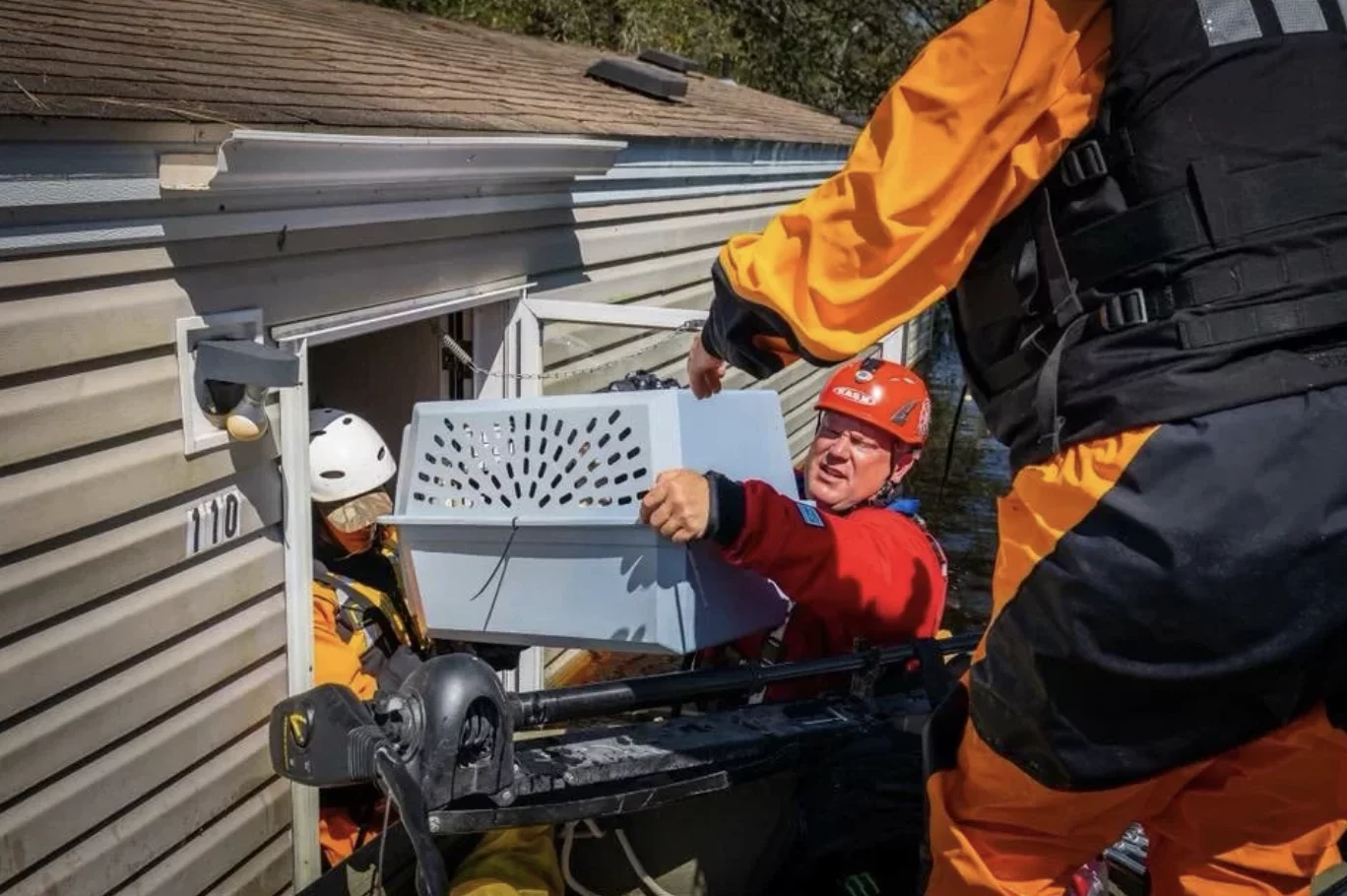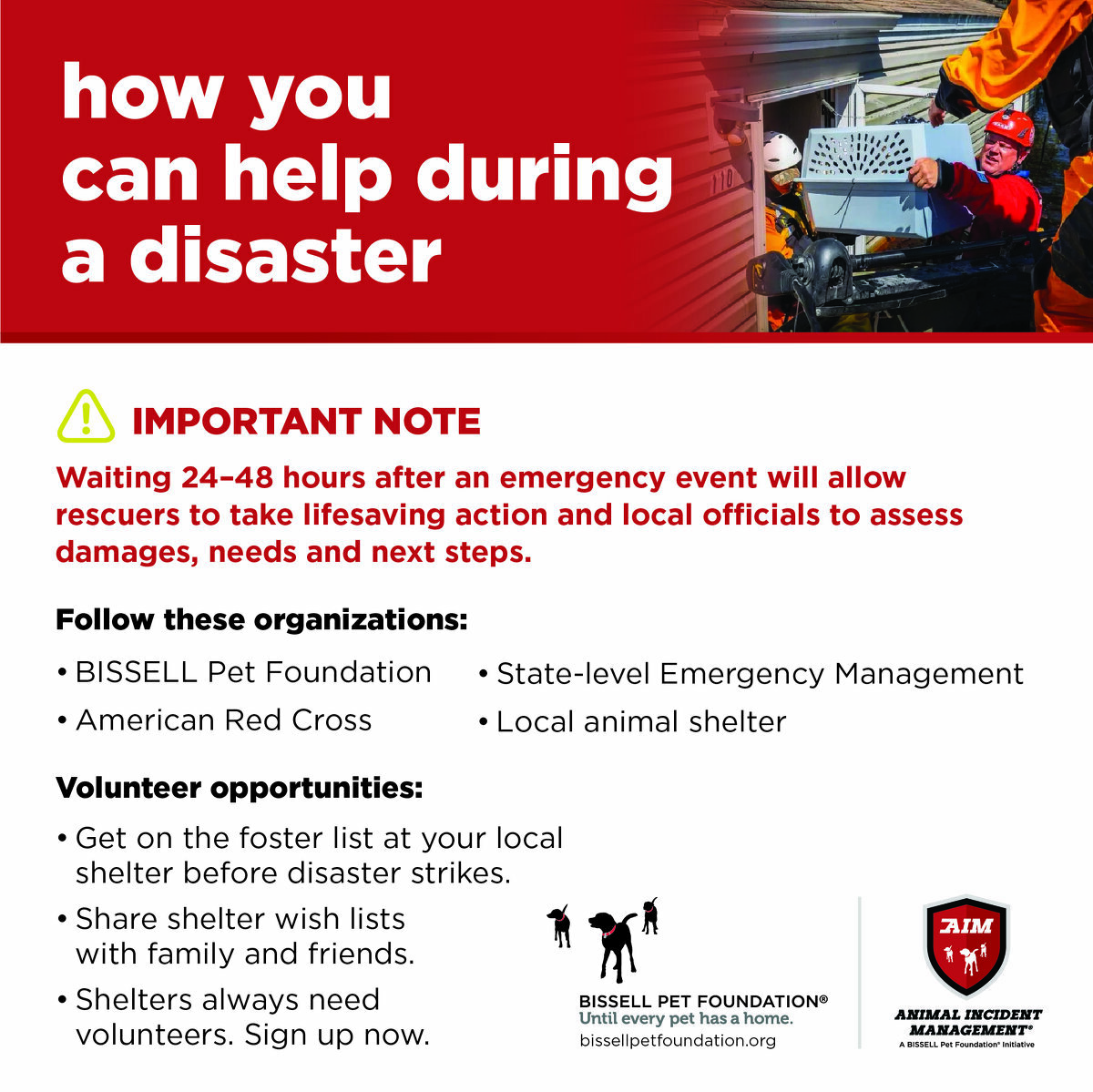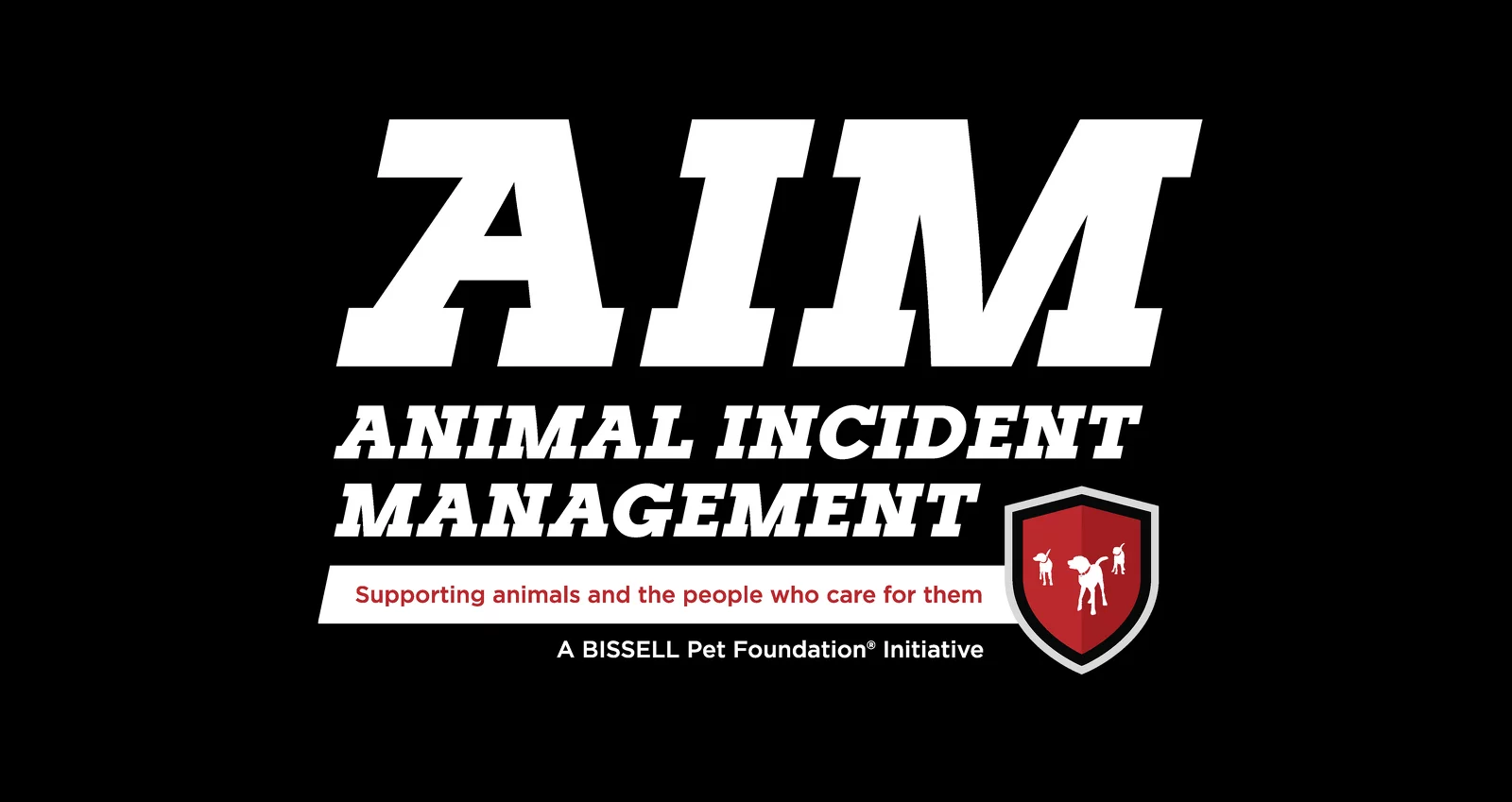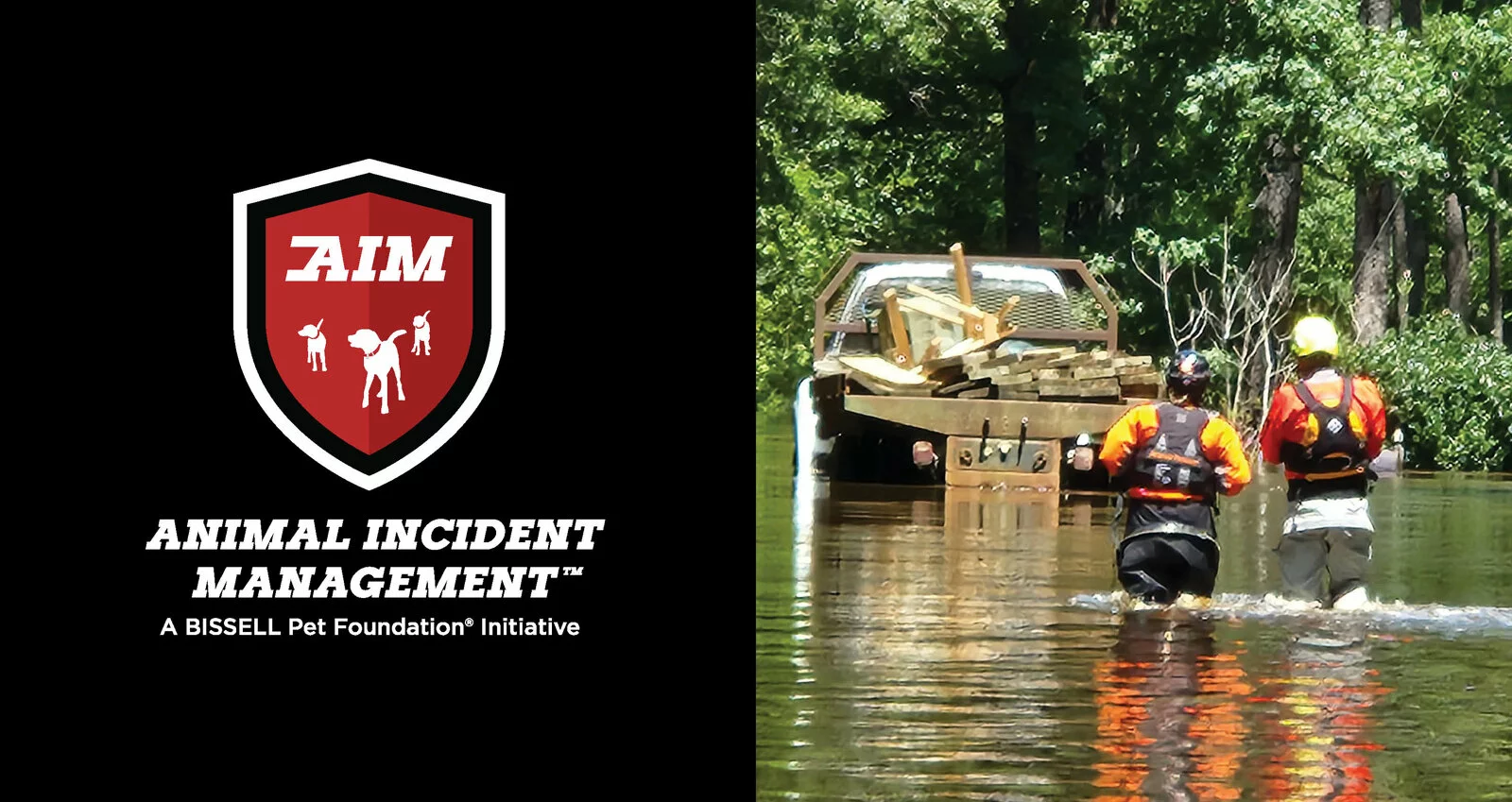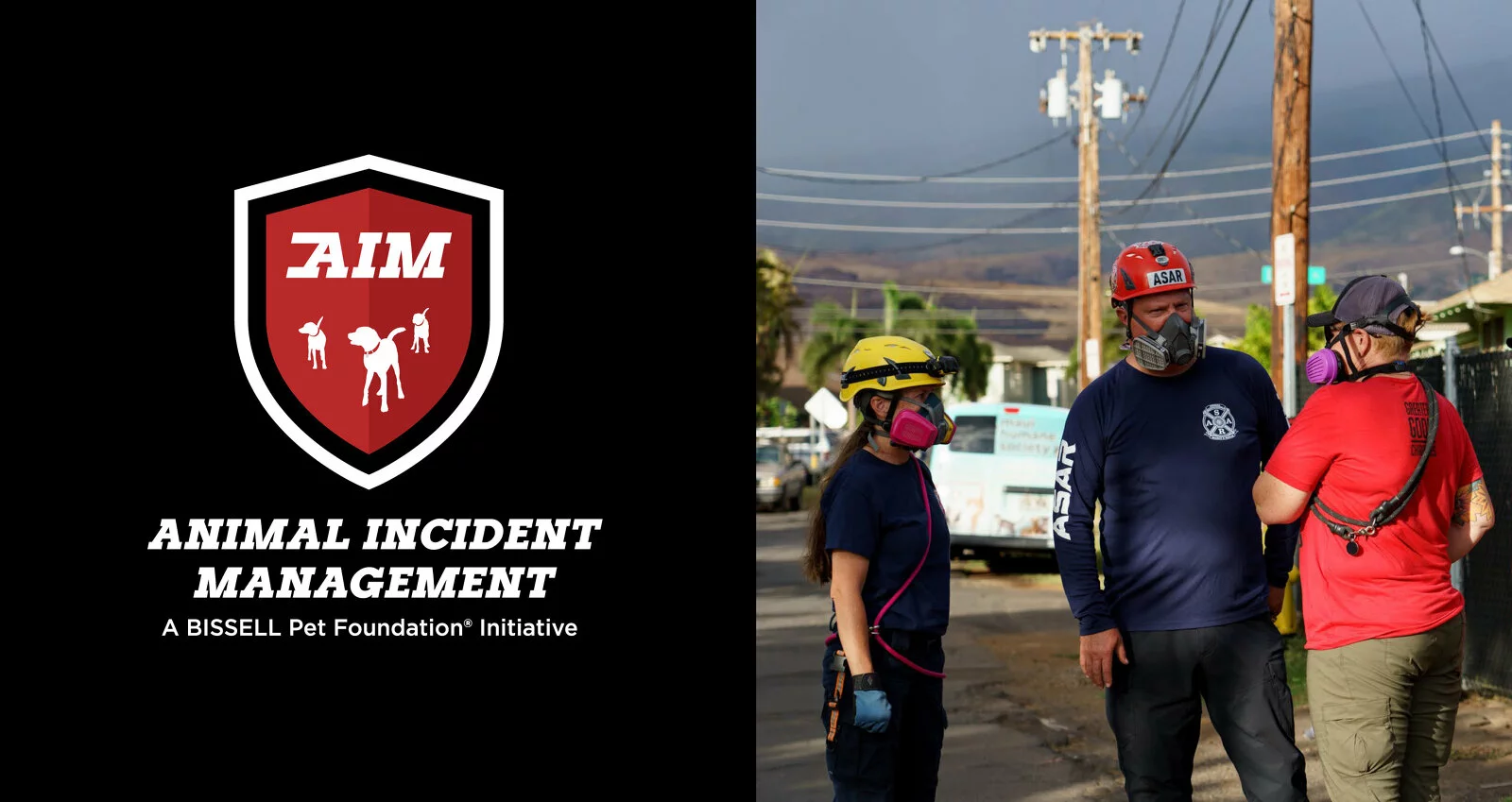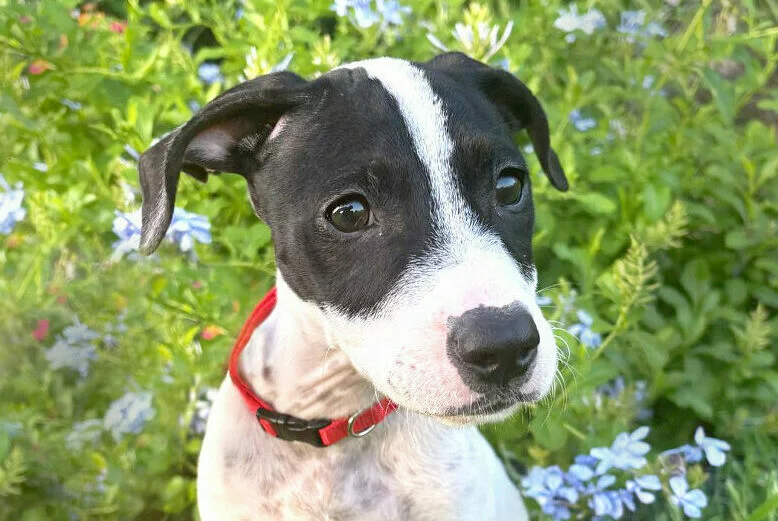Why Self-Deployment During Disasters Hurts More Than It Helps in Animal Welfare
When disaster strikes, the instinct to help, especially for those of us in animal welfare, is immediate and heartfelt. We want to jump in, save lives, and be part of the solution. But in the chaos of hurricanes, floods, fires, and other large-scale emergencies, self-deployment by animal welfare groups can do more harm than good.
What Is Self-Deployment?
Self-deployment happens when individuals or organizations enter a disaster zone without being officially requested or coordinated through local, state, or federal emergency response systems. It often comes from a place of passion, but in the emergency management world, coordination is everything.
Why It’s a Serious Problem
1. It Drains Critical Resources
Fuel, hotel rooms, and even food become precious commodities in disaster zones. When uninvited groups arrive, they compete with first responders and rescue teams for these resources. What’s meant to be help ends up slowing down the very systems designed to save lives, both human and animal.
2. It Breaks the Chain of Communication
Emergency management officials at every level work around the clock to track needs and deploy resources where they’re most effective. When groups show up unannounced, those efforts get disrupted and duplication of effort can waste valuable resources and life-saving time. Without coordination, responders don’t know who’s doing what, where animals are being taken, or which areas are still in crisis.
3. It Risks Pet Reunification
One of the greatest tragedies in any disaster is the separation of pets from their families. When animals are removed from disaster zones by unknown or unofficial groups, owners may never be able to find them again. Properly coordinated animal rescue efforts prioritize identification, documentation, and reunification. Self-deployment puts those systems—and those pets—at risk.
4. It Wastes Shelter Space
In the rush to “rescue,” well-meaning groups may remove animals that don’t actually need to be relocated. This wastes valuable space in destination shelters that should be reserved for pets truly impacted by the disaster. Every kennel counts during an emergency, and filling them with pets who could have stayed safely in place can delay lifesaving work.
5. It Creates Chaos on the Ground
Disaster shelters already operate under intense pressure. When uncoordinated groups arrive, they often bring in-kind donations that shelters don’t need—or don’t have time or space to manage. This “disaster within the disaster” overwhelms shelter staff and volunteers who are already stretched thin.
6. It’s a Safety Risk
Disaster zones are hazardous—roads are washed out, communications are down, medical care is limited, and security can be unstable. Sending in teams that are not trained, credentialed, or part of the official response plan is dangerous for both the responders and the animals they intend to help.
What You (and/or Your Organization) Should Do Instead
- Wait for the Call: Join a recognized response network and wait until you’re officially requested before deploying.
- Get Trained and Credentialed: Many national and state-level organizations offer training so that animal welfare responders are ready to integrate into official disaster responses.
- Support From Afar: Provide funding, foster homes, or supplies as requested by the official agencies involved.
- Coordinate, Don’t Complicate: Always check with local or state emergency operations before planning any assistance.
A Final Word
Helping during a disaster means more than showing up, it means being part of a larger, strategic response that puts the safety of people and animals first. Self-deployment may come from a good place, but in practice, it adds confusion, creates risk, and can ultimately hinder rescue and recovery efforts.
Let’s be smart, coordinated, and responsible. The animals, and the people who love them, are counting on us to get it right and we have work to do.

Eric Thompson
Executive Director, BPF’s Animal Incident Management
Click on and download the below graphic and share it on your social channels.
